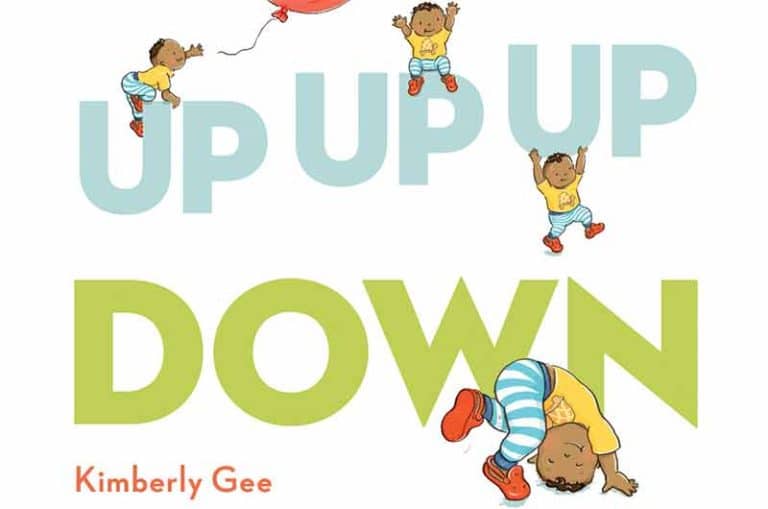TAKE-HOME STRATEGY
Supporting Self-Care at Home

What It's About
Children’s Self-Care is all about them taking responsibility for themselves when they can. It can look like washing their hands, dressing themselves, and gathering or putting away materials. Self-Care also includes learning how to keep themselves safe and when to ask for help.
The best way to support these skills is to show your child how to do things, let them complete tasks on their own as much as possible, and use visuals and songs to help them remember what to do.
Here are some ways you can support Self-Care skills at home. Keep in mind that you can change these activities to work for you and your child, based on their current abilities, interests, and what you have available at home. Make sure to use safe materials and watch your child closely during these activities.
Take a look, and try out your favorites!
Sing Along!
Set the Table
Let's Get Dressed
Step by Step
Act it Out!
Home Helper
Quick Cues for Supporting Self-Care at Home
Some things you might do or say to help strengthen your child’s Self-Care skills
Point Out Self-Help Skills
Name and describe your own and your child’s self-help skills. Explain and show how to do things.
This can sound like:
“Your pants have mud on them. Let’s get some clean pants to change you into.”
“Uh oh! My hands are dirty, Let’s wash them. Scrub, scrub scrub.”
“Watch how I use the toothbrush to clean my teeth way in the back.”
Use Visuals and Songs
Use pictures and/or create songs to help your child remember the steps to complete tasks.
This can sound like:
“There is a picture of blocks on this bucket. We will put all the blocks away in here.”
“I have a picture here to show what is next. First get dressed, then brush your hair.”
“Flush the potty when you’re done, then wash your hands, it’s so much fun!”
Encourage Them to Do It
Let your child complete as much as possible on their own.
This can sound like:
“You crawled to your shoes. Do you want me to help you put them on?”
“I see you trying to put on your socks. You can do it!”
“How do you want to clean up today? Show me your way!”
Our Book Recommendations for Self-Care
Engaging stories that support children's Self-Care skills

Up, Up, Up, Down
Written and illustrated by Kimberly Gee, this book shows a toddler and their caregiver getting ready for a busy day while encouraging child participation in routines.
Have fun with it:
Talk about how your child helps get themselves ready for the day. Invite them to think of a new self-help skill to try.

The Pigeon Needs a Bath!
Written and illustrated by Mo Willems, this book shows the journey of a silly and reluctant pigeon as it learns to have fun washing and getting clean.
Have fun with it:
Ask your child questions about why and how we wash our hands and body.
More Take-Home Strategies
We’re creating a library of resources like these so families and other caregivers can quickly and easily promote children’s development at home. Be sure to see all the strategies we have available!

